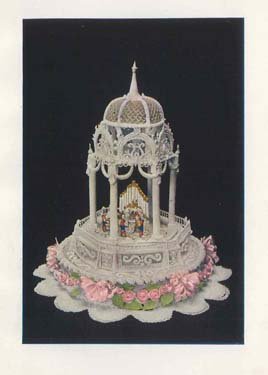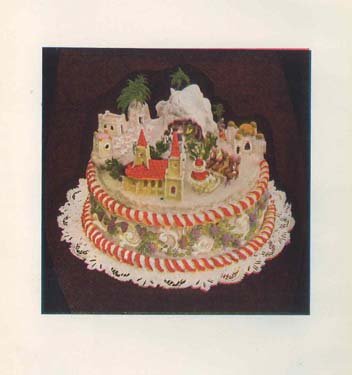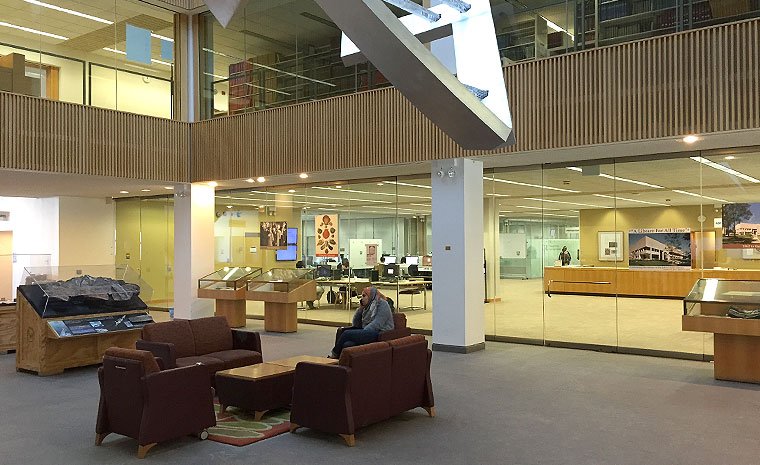Mastercraft in Cakes and Decorating: Decorating Designs and Instructions, Recipes and Methods of Handling
Mastercraft is a book of recipes for making and decorating extravagant cakes. In the early years confectionery work was divided into two categories: sugar work and flour work. Sugar work resulted in candies, decorations and marzipan while flour confectionery resulted in cakes and pastries. A true confectionery master worked in both sugar and flour.
Towards the end of the 19th century, advancements in technology made it possible for candy and cakes to be made at home. The chemical raising agent bicarbonate of soda or baking soda along with the invention of baking powder allowed cakes to rise, cook evenly, and become leavened.
Accurate cooking temperatures were made possible with home-use thermometers, which allowed home candymakers to cook according to exact standards instead of inaccurate "thread tests". Using earlier methods, trials were conducted by dropping small amounts of cooked candy into cold-water and noting the texture. Accurate thermometers soon lead to temperature-controlled ovens-- meaning not only less burnt caramel but no more overcooked cakes.


